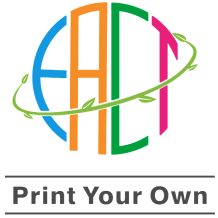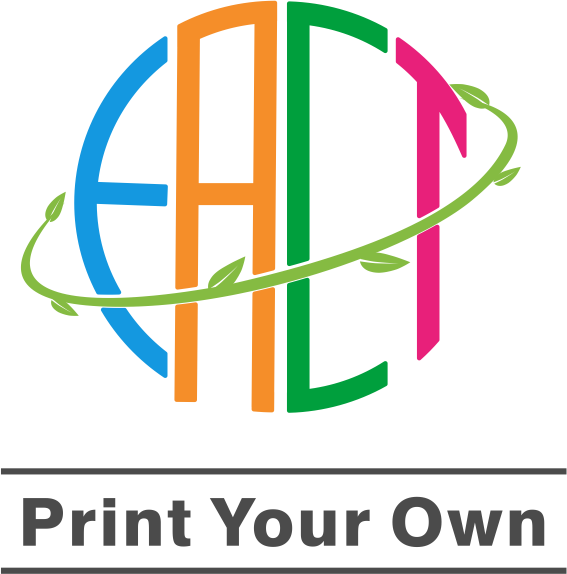Fashion and home décor have always mirrored cultural shifts, but few trends are as transformative as the rise of personalization. Across industries, consumers are demanding products that reflect their individuality rather than settling for one-size-fits-all options. This shift is especially visible in textiles, where the desire for unique patterns and tailored designs has given birth to a powerful personalized fabric wave.
At the heart of this transformation lies technology, but just as important is the cultural mindset: today’s buyers want to tell their own stories through what they wear and surround themselves with. Platforms like CustomPrintingFabric exemplify how innovation and creativity merge to meet this growing demand.
Beyond Mass Production: Why Individuality Matters Now
For decades, textile production was built on scale. Large runs of identical fabric rolls defined efficiency, while consumers accepted limited choice. That model no longer resonates with modern buyers.
What has changed? Two key forces:
-
Identity-driven purchasing. From clothing to interiors, consumers seek items that express personal values, aesthetics, and experiences.
-
Advances in production technology. Digital processes have made it easier for factories to produce smaller batches with greater variety and precision, opening the door to designs that would have been impractical in the past.
Together, these forces have reshaped expectations. A consumer doesn’t just want fabric with flowers; they want their version of a floral pattern—perhaps inspired by a childhood garden or a favorite travel destination.
Printing on Fabric: Technology as the Enabler
The personalization boom would not be possible without advances in digital technology. Modern printing on fabric techniques allow for shorter runs, sharper details, and virtually limitless design options. Unlike traditional screen printing, which requires costly setup and favors repetition, digital processes are nimble, cost-efficient, and eco-friendlier in many cases.
This technical leap means a single meter of customized fabric can be produced without sacrificing quality. Designers, small brands, and even hobbyists can experiment with unique prints that once would have been financially impossible.
The Textile Printing Factory Reimagined
The very role of a textile printing factory is evolving. No longer just industrial hubs pushing out bulk orders, today’s leading factories are service-driven collaborators. They provide tools for flexible order sizes, offer material variety, and guide customers through finishing options.
Factories that once measured success in sheer output now measure it in adaptability and customer satisfaction. This evolution has blurred the line between B2B and B2C models—serving both global brands and individual creators with equal importance.
Implications for Brands and Independent Creators
Personalization is not simply a passing fad; it is reshaping how businesses position themselves. For emerging designers, custom fabrics open doors to launch collections that feel deeply authentic. For established retailers, it’s an opportunity to deepen consumer engagement by offering co-creation experiences.
There’s also a sustainability angle. Personalized production often reduces waste, since customers order exactly what they need rather than over-purchasing pre-made stock. While challenges remain—such as maintaining speed at scale—the direction is clear: personalization is becoming a norm, not a niche.
Looking Ahead: From Trend to Standard
We’re only at the beginning of the personalization era in textiles. In the near future, 3D design tools, AI-generated patterns, and eco-conscious materials will make custom fabrics even more accessible. What was once an option reserved for premium buyers will soon be an expectation across all consumer segments.
For businesses, the key question is no longer if they should embrace personalization, but how. For consumers, the question becomes what story do I want my fabric to tell?
At CustomPrintingFabric, we believe that this shift represents not just a business opportunity, but a cultural turning point. Textiles have always carried meaning—whether symbolic, practical, or aesthetic. The rise of personalized fabrics simply makes that meaning more intentional, more expressive, and more connected to individual lives.
Final Thought
The customization movement in textiles underscores a broader societal truth: people want to be seen, heard, and represented in what they buy. As technology and creativity converge, fabric becomes more than material—it becomes a medium of self-expression. And that is why the age of personalized fabric is not just coming; it’s already here.

 USD
USD



